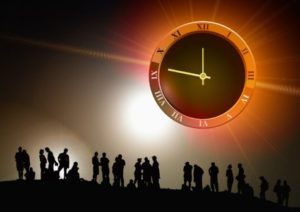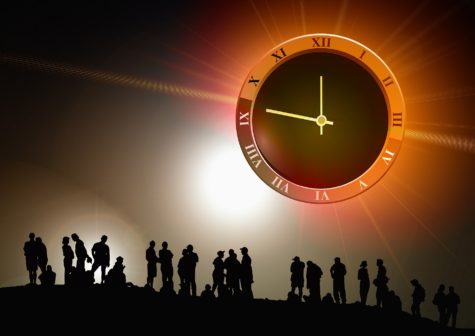KELOWNA, British Columbia — A professor at the University of British Columbia believes he has come up with a viable mathematical model for time travel.
Ben Tippett — a mathematics and physics teacher who specializes in Einstein’s theory of general relativity — recently published a paper that describes an actual method for the popular science fiction phenomenon.

“People think of time travel as something as fiction,” says Tippett in a university media release. “And we tend to think it’s not possible because we don’t actually do it. But, mathematically, it is possible.”
According to Tippett, the three spatial dimensions and time — sometimes known as the fourth dimension — should be imagined simultaneously as an interwoven continuum, and that the curvature of spacetime by large objects as predicted by Einstein’s theories could hold the key to bending time into a circular pattern, much like a clock.
“The time direction of the space-time surface also shows curvature. There is evidence showing the closer to a black hole we get, time moves slower,” he explains. “My model of a time machine uses the curved space-time to bend time into a circle for the passengers, not in a straight line. That circle takes us back in time.”
Though the concept of a time travel device has been peddled since the days of HG Wells, Tippett doubts anyone can actually build a machine that could travel to time.
“While is it mathematically feasible, it is not yet possible to build a space-time machine because we need materials — which we call exotic matter — to bend space-time in these impossible ways, but they have yet to be discovered.”
Tippett’s research included a mathematical model for a time machine known as the TARDIS — popularized by hit TV show Doctor Who — which he described as a bubble of spacetime geometry that can carry its content forwards and backwards through time in a circular path faster than the speed of light, according to the press release.
Tippett’s research was published in the journal Classical and Quantum Gravity.
